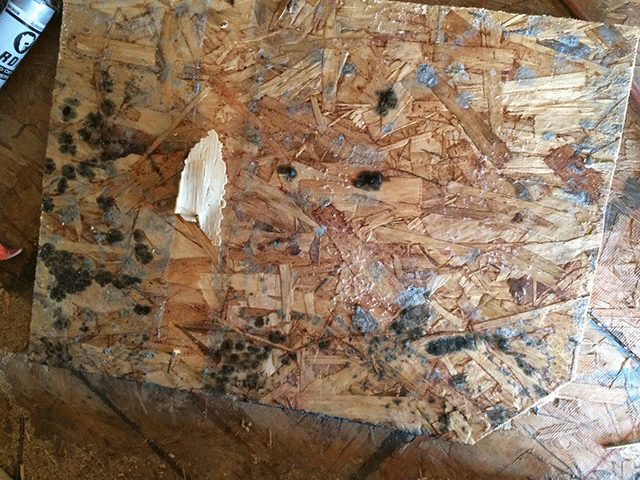Mold makes homes unsightly and unhealthy. It’s no wonder that homeowners get worried at the first sight of mold. But what is mold anyway? It is a microscopic fungi that reproduces via spore generation. Different kinds of mold are multi-cellular, have antennae, and often form in colonies. They are literally everywhere, but they don’t grow and become a problem unless they encounter the perfect living conditions: warm, moist places with little airflow.
Mildew, fungi, and mold are useful parts of our ecosystem. They often subsist on dead and decomposed organic matter and can be found on goods, soil, and plants. Humid environments, combined with poor cleaning and upkeep, often result in mold growing inside of homes. Whether outside your garden walls or inside the toilet, neglecting mold growth can cost you a lot of money and time if it becomes a serious problem. Not only are mold and mildew unsightly, but many individuals exposed to them get sick or have allergies due to the spores being released into the air.
Humidity Levels
According to researchers, the humidity levels in any property, home, or business place must not exceed 50% RH or relative humidity. Anything exceeding this level boosts the chances for toxic mold and other bacteria that can pose serious health risks. Use a dehumidifier if the moisture in your home is creeping up above the desired threshold.
Breeding Ground
The faster the issue is identified, the less hazardous it becomes. Make it a point to conduct a regular check of the typical areas in your home where mold may grow, such as the carpet, clothing, ceiling, walls, bathroom, leather seats, HVAC, closets, basement, laundry, and even the attic. Think about places that have minimal circulation but experience ranges in temperature. These are good places to check monthly.
Your carpet should be thrown away if it experiences water damage because mold is very likely to thrive in such a lush environment. Carpets are notorious breeding grounds for mold.
The ventilation system in your home is another important area to check for water damage and mold. Right after taking a shower, check on your walls and make sure the bathroom window is left open for a couple of minutes to ensure the area is kept dry and free of moisture. The same goes for the laundry room after you use the washer and dryer. If you don’t have an outside window, use a fan to prevent condensation from forming on the walls.
For appropriate mold cleaning and removal, ensure that any item or area damaged by water is thoroughly cleaned with mild soap, disinfected, and allowed to dry for approximately one to two days so that it is entirely free of moisture.
There are a lot of preventative steps that you can take to make sure that mold doesn’t infiltrate your dwelling. If you detect a mold problem and want to be sure that you are adequately addressing it, make sure to call professional mold cleanup specialists to help you do the job quickly, thoroughly, and correctly. You don’t want to play around with something as serious as mold.

